Studios and Specialisations
Studios focus on the ongoing develop of practice in response to a creative challenge in a particular context
Specialisations are technique focused courses that extend skills initiated in core courses
Studio and Specialisation offerings - Semester 2, 2025
Digital Media Studios 3-5 Offerings
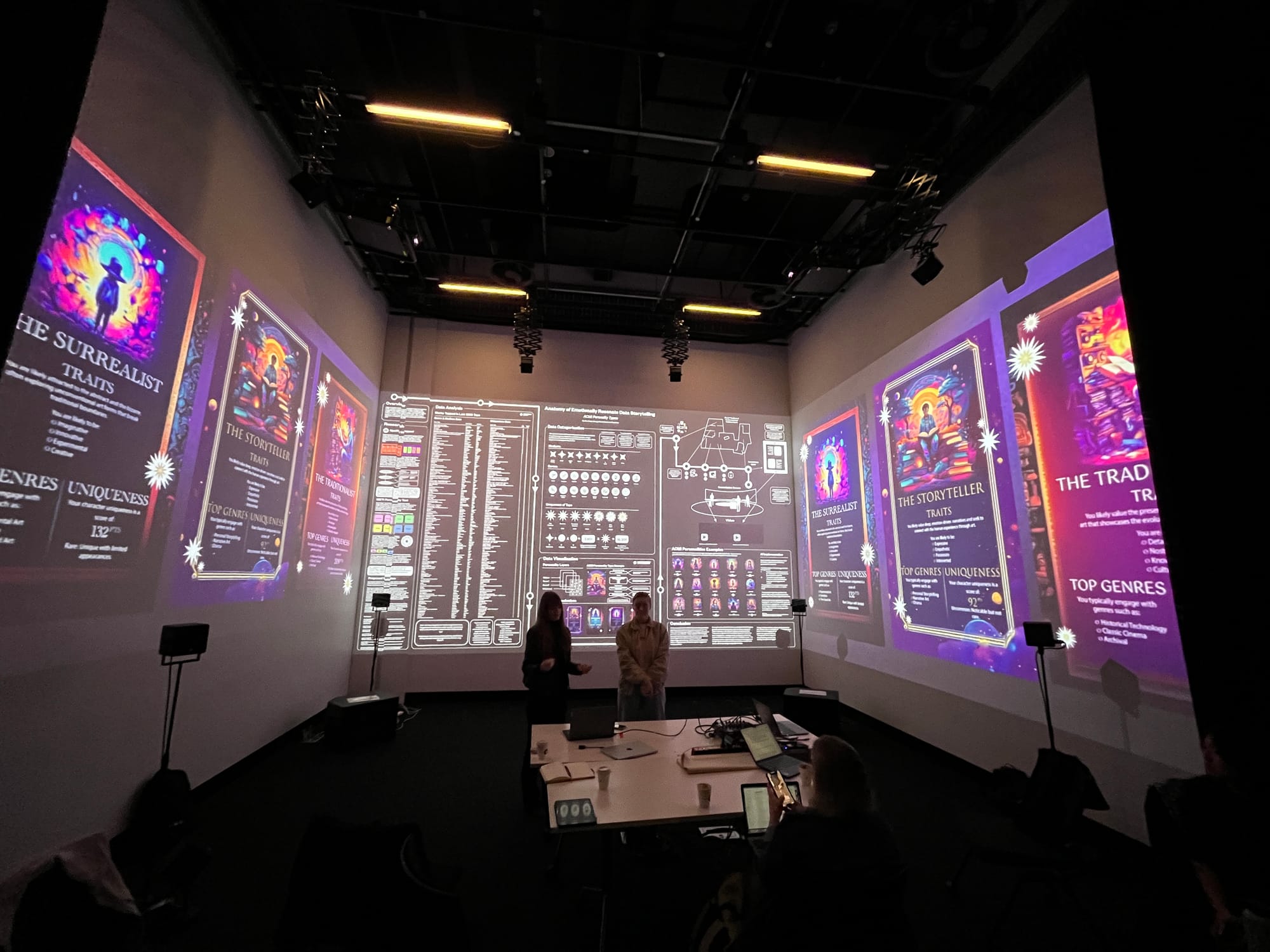
Data Imaginaries: From ACMI to Federation Square
Background:
It is hard to imagine a part of society that isn't driven by data. Social, environmental, economic, and highly personal values are being collected constantly to help organisations, corporations and governments make decisions that affect our future. Design professions have used methods to gather qualitative and quantitative data to inform the development of products, services and systems for many years. From market analytics to observational analysis, and questionnaires to design probes, designers understand implicitly the need to watch, listen and learn from the data that is gathered by prototypes before and during the design process. But what does it mean to 'design with data'? What values are portrayed when data is used to inform our experiences? Who or what is left out of the picture when we use datasets? How can we critically and "sceptically" think about data?
Project and Outcome:
Through a unique collaboration with ACMI, this studio invites students from animation, game design and digital media disciplines to work collaboratively within the vibrant ecosystem of Federation Square. As a site of ongoing cultural significance for the Wurundjeri Woi Wurrung people of the Kulin Nation, and home to the Koorie Heritage Trust, Federation Square offers a critical space to reflect on the layered histories and presences that shape how we engage with data. Using a dataset from ACMI as both a case study and launching point, students will reimagine how visitors encounter 'constellations' of data not just within the gallery walls, but across the dynamic urban landscape of Federation Square itself.
Outcomes:
This studio offers students the opportunity to critically examine how data can be extracted from the complex layers of reality and abstracted into datasets, before creatively proposing new forms of representation. Beginning with ACMI's dataset—collected as visitors recorded their journeys through the Story of the Moving Image exhibition—students will then expand their lens to capture the broader data streams flowing through Federation Square: foot traffic patterns, acoustic environments, social interactions, weather responses, and the rhythms of Melbourne's cultural heart. Students will explore the ethics of working with data while developing instruments to gather new data streams from this rich urban context. Working in small teams, you will design prototypes that help the public find their place in a data-driven world, creating experiences that bridge the institutional space of ACMI with the public commons of Federation Square.
Key practices and areas of learning:
Designing with/from/by data, data ethics and critical data literacy, data collection and sensing techniques, creative data representation, collaborative prototyping, speculative design, critical design thinking, spatial storytelling
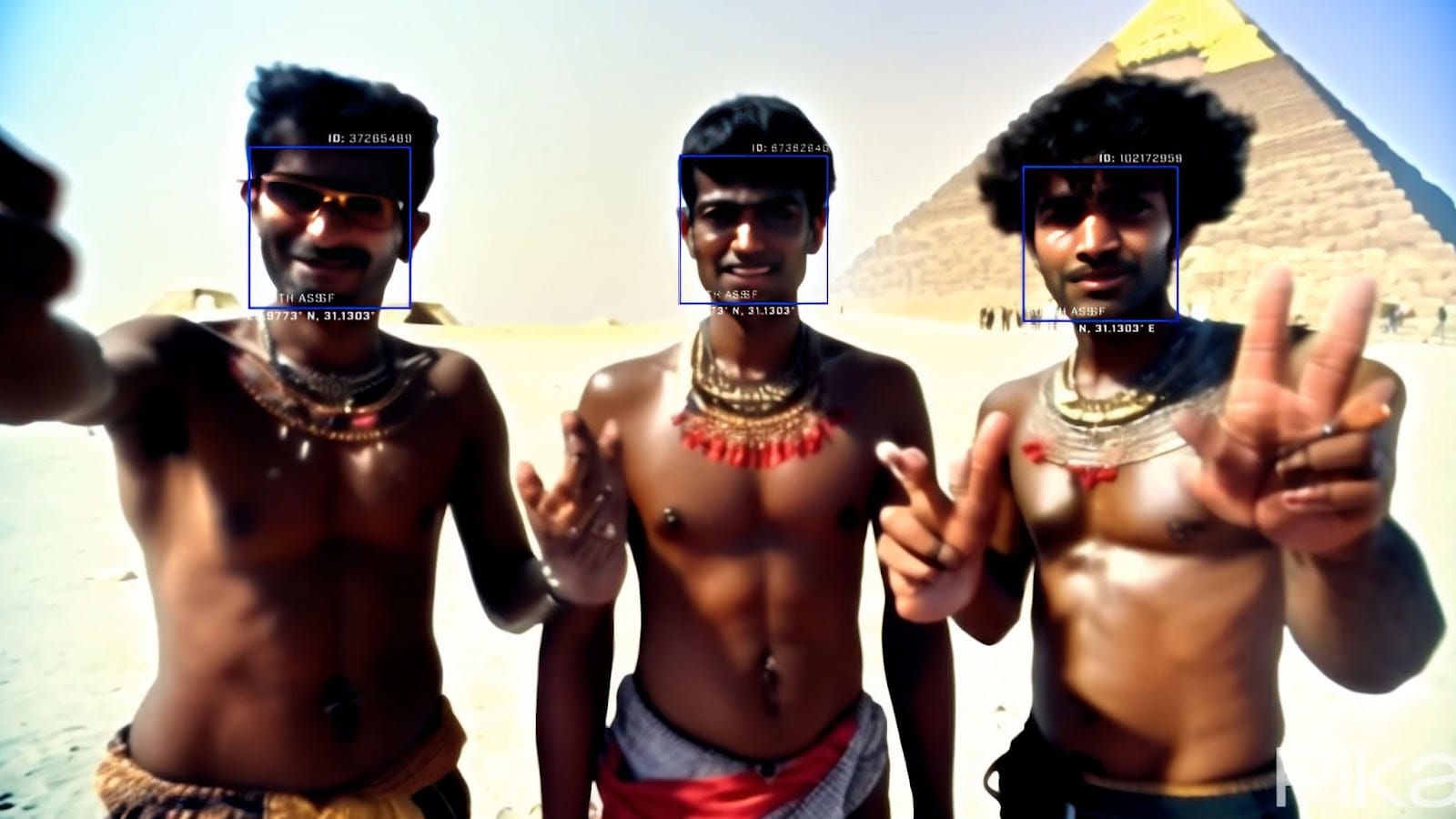
Resisting AI Automation: Critical collaboration with non-human intelligence
Background:
The transformations brought on by widespread artificial intelligence rival the seismic shifts brought by the invention of the printing press, disrupting not only the digital design industry but potentially human reality and creativity itself. This studio challenges students to confront the tension between automation and agency. How can design practitioners engage with alternative intelligence, like generative AI, for creative innovation in ways that challenge, rather than reinforce, existing power structures?
Project and Outcome:
Students will engage in playful, practice-based experiments across different design modes in generative AI, including text, image, video, sound, and music, to build tangible skills in generative AI design. The studio will culminate in a final work that is a collaboration between human and machine.
Outcome(s):
Multidisciplinary practice is encouraged, and the choice of final work, such as single and multi-channel sound and video, installation, or web-based outcomes, will be flexible to align with a student’s specialisation.
Key practices and areas of learning:
Creative collaboration with AI applications - Sora, Midjourney, Pika, Runway, Fire-Fly, Chat-Gpt, Co-pilot, Stable Diffusion, Eleven Labs, Suno, etc, critical theory on AI and society, surveillance, plagiarism, environmental impacts of generative AI, non-human intelligences, large language models, neural networks, algorithms, prompting, machine learning, generative AI processes
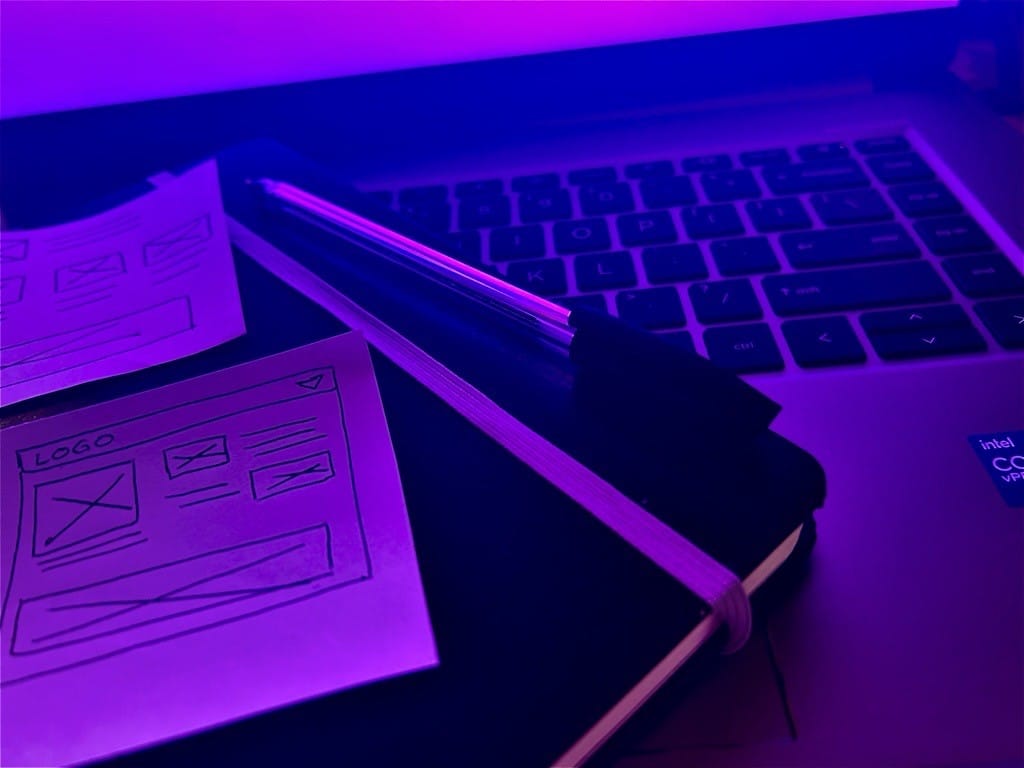
The Human Lens: UX and Human-Centred Design Thinking
Background:
The world is increasingly shaped by digital experiences, therefore designing with people and not just the product in mind has become essential. We must focus on how to create intuitive, accessible, and empathetic designs grounded in real user needs. The classes are designed to provide a foundational understanding of user experience and human centred design grounded in theoretical frameworks and contemporary design practices.
Project and Outcome:
Students will develop one project throughout the course, applying and iterating it based on lesson content. The project will be presented in the final weeks of the course. The project has two main outcomes:
Research - Based on a brief that will be provided and refined based on the project’s themes
Design - High fidelity prototype
Key practices and areas of learning:
UX and Human Centred design (HCD) methods and processes, UI design, User testing, UX and HCD research methods, Usability and accessibility principles
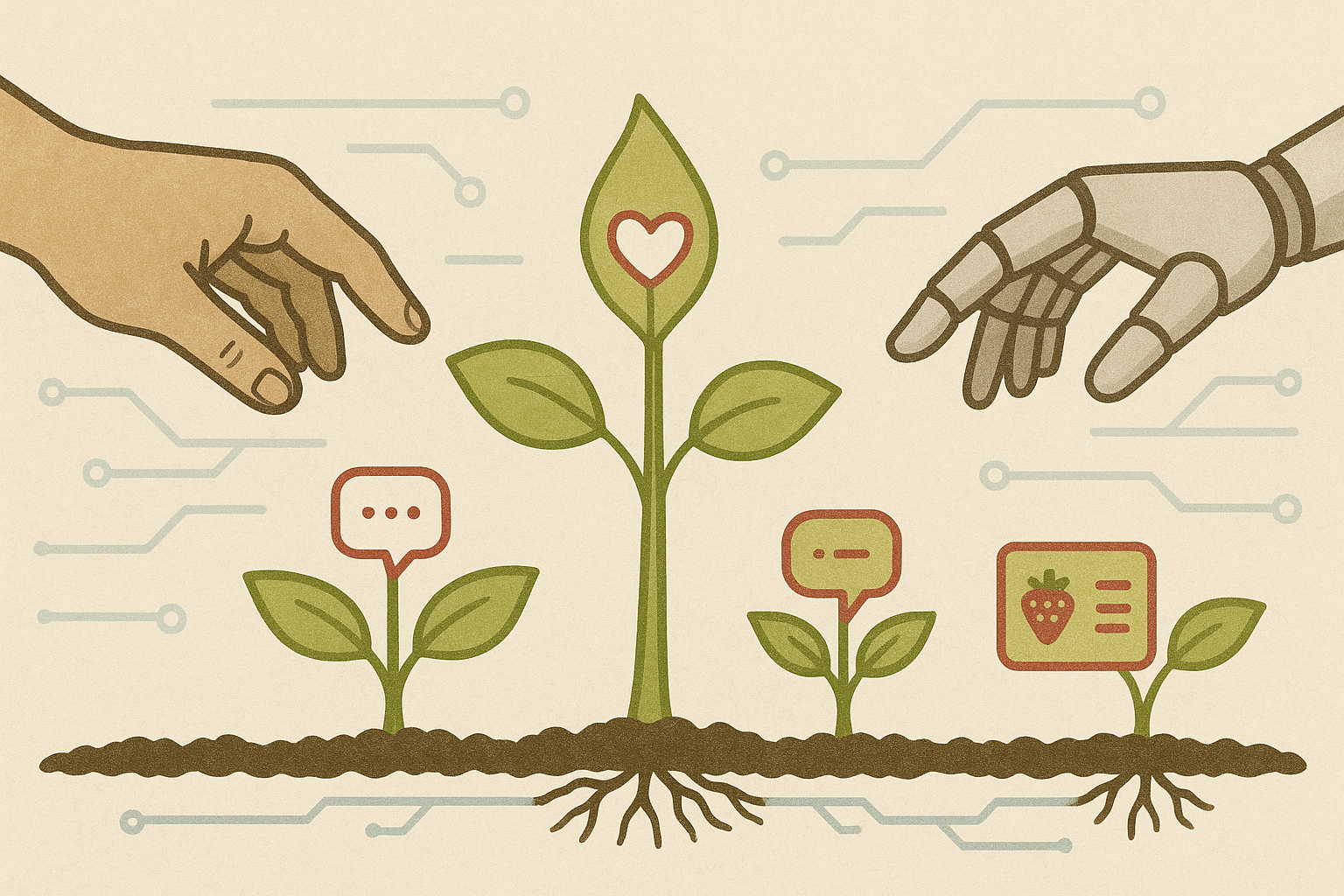
Regenerative Design: Crafting Digital Futures for People & Planet
Background:
In an era where digital technologies shape nearly every facet of our lives, we must ask: Can design go beyond usability and harm reduction to actively restore and uplift?
This studio explores regenerative design—a forward-looking approach that aims not just to sustain, but to enrich the social and ecological systems we interact with daily. Rather than simply minimizing harm, students will learn to design digital experiences that foster the flourishing of individuals, communities, and the planet. Through hands-on, activity-based learning, you'll critically examine existing digital ecosystems, uncover extractive or harmful patterns, and prototype bold, life-centered alternatives. You'll be challenged to reimagine what digital products and services could become when designed from the ground up for positive impact.
Project:
This course offers a practical and exploratory journey into regenerative thinking through design. You’ll begin by mapping and reflecting on your own digital ecology—identifying patterns of extraction, distraction, and disconnection in everyday apps and platforms. Building on these insights, you'll ideate, conceptualize, and prototype a small-scale regenerative digital product, service, or intervention—one that doesn't fix what's broken, but imagines something fundamentally different.
Your final group project will culminate in an interactive prototype of a unique “Regenerative Experience”, grounded in design principles with the potential to support human and ecological thriving. You’re encouraged to incorporate your creative interests—whether in sound, video, motion, or 3D—to bring your vision vividly to life.
Outcome(s):
By the end of the studio, you will be able to:
- Critically analyze digital interactions through a regenerative lens.
- Apply regenerative principles to conceptualize digital experiences that foster well-being and resilience.
- Develop low- to mid-fidelity prototypes that express regenerative ideas.
- Articulate your design rationale clearly and compellingly.
- Collaborate effectively through iterative, reflective design practice.
Key Themes & Practices:
- Foundations of Regenerative Design Understand core principles that go beyond sustainability toward systems that heal, evolve, and thrive.
- Systems Thinking & Digital Ecology Analyze how everyday digital interactions contribute to broader social and ecological patterns.
- Creative & Speculative Ideation Use generative tools—biomimicry, metaphor, “what if?” thinking—to imagine radically different futures.
- Ethical and Life-Centered Design Frame design problems with care for wellbeing and ecological impact.
- Prototyping for Possibility Give form to your ideas through quick, tangible prototypes that invite critique and iteration.
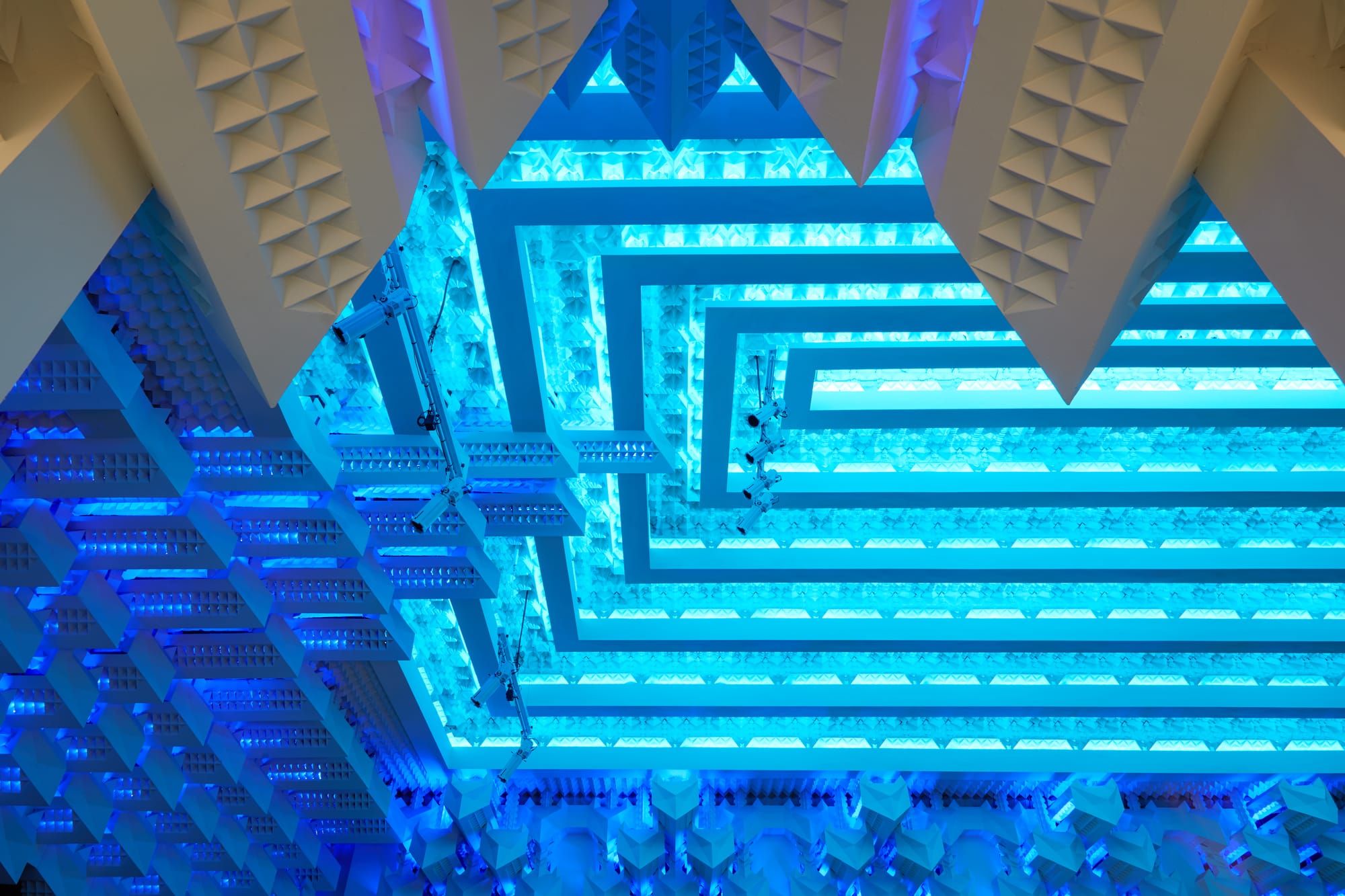
Heightened Multisensory Experiences
Background:
How can the design of multisensory stimuli enrich affective experience?
This studio explores the psychology and physiology of enhanced user experience – how multisensory experimentation can inspire and inform the design of heightened emotional and physically visceral states. Whilst dynamic examples can be found in film and installation these principles are equally applicable in rides, games, industrial design and the wellness industries.
Project and Outcome:
Guided by the questions What is it? How does it work? Why does it work? students will research the mechanics of a specific chosen state (eg. sublime, uncanny, hypnogogic, mesmerising, exhilarating or brutal). They will also explore how other artists and designers across a wide range of media have engaged in realising such an experience. The final works produced in the course are varied. Students can draw from their own practice or use equipment and resources from the studio (Capitol lighting system, transducers, motion simulators, musicnotimpossible vibrotactile vests) in the pursuit of their chosen state.
Outcome(s):
The initial research projects will be applied to a suite of final audiovisual works. These may be used to deepen existing engagement with already familiar tools and practices (eg. video editing, animation, AI) or as a springboard into systems such as the Pharos-controlled lighting rig in the Capitol Theatre.
Key practices and areas of learning:
Whilst the studio encourages experimentation and collaborative exploration, it's not proscriptive in dictating the software students choose to employ for their chosen state(s). Given the need for the design to be multisensory, opportunities will be offered to collaborate with sound students from the Audiovision studio in the pursuit of original works, but projects can also bring in existing sound as the starting point for audiovisual works. The main focus of the studio is rigorous research and analysis on the chosen state, and a careful application of the principles learnt in refining the creative practice output. By better understanding the psychology and physiology which underpins aesthetic experience, the studio examines how intuitive creativity can be deliberately maximised for specific audience outcomes.
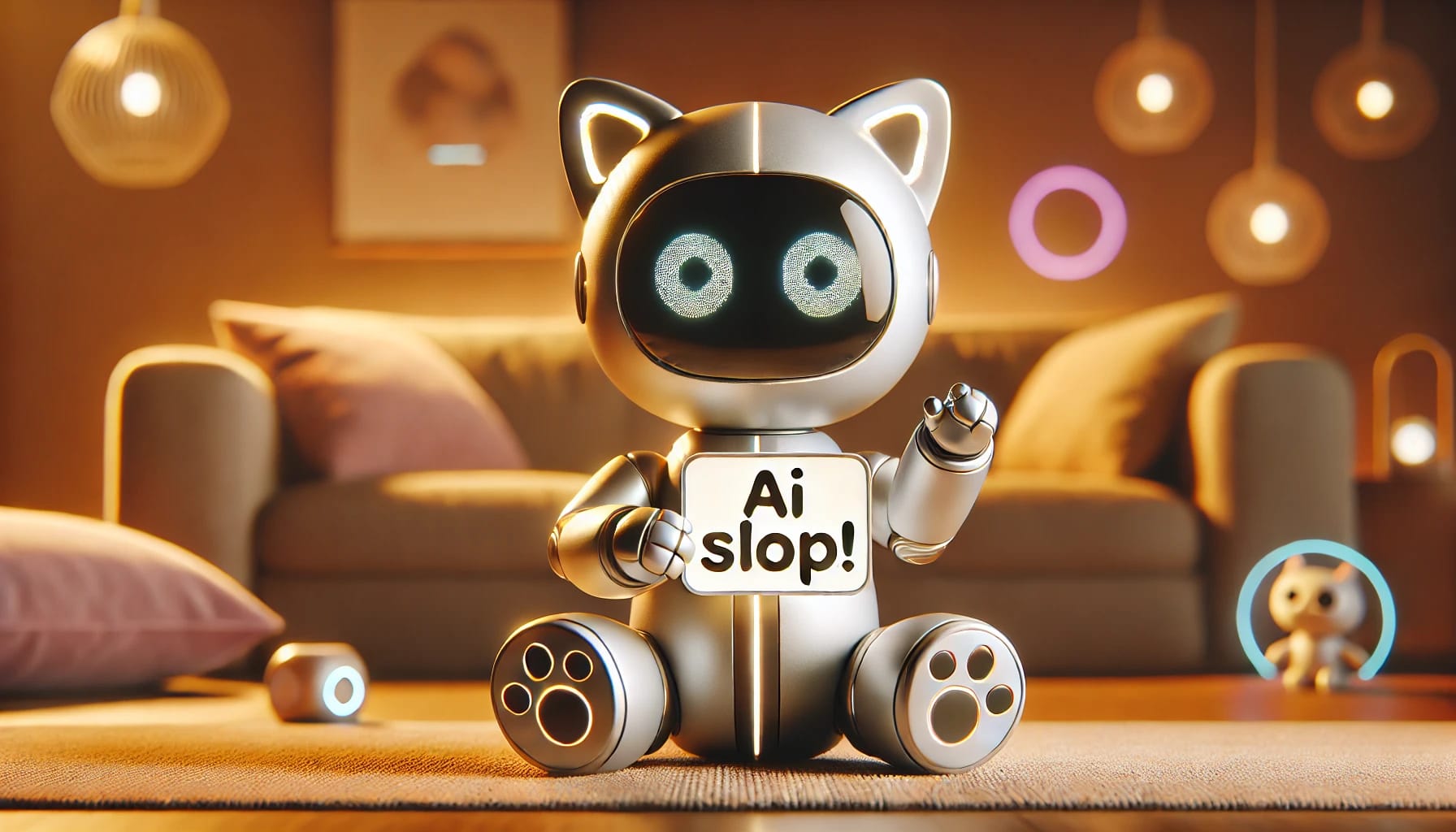
Critical AI: Fighting AI slop with creative thinking
Background:
Generative AI is taking over. In all spheres of computing, it feels like we are being inundated with AI systems. AI systems are known to be biased and unreliable, and generative AI in particular is devastating to the environment and to our creative communities. However, knowing how and why it works, knowing how to identify the problems and look for solutions, and even how to work with it in ethical ways can serve us well in the future.
Project:
Develop a creative work around for a chosen key area of AI concern, highlighting the problem or fighting against it.
Outcome(s):
An understanding of how and why AI works, how to identify generative AI, the key problems with AI, and how to use it ethically.
Key practices and areas of learning:
AI ethics, AI technology, generative AI, AI bias, training AI, 3D, sound, images, computer vision, video

Audiovision
Background:
Sound: What is it? How does it work? Why does it work?
Sound permeates, drives and mutates temporal media. From theatre to Tiktok, games to film, or installation to earcon, it shapes emotional response and fundamentally influences attention and perception whilst often driving a viscerally embodied experience in the consumption of visual material. It can make the external feel internal. Exploring the mechanics of this process and honing your skills as sonic practitioners when applying these fundamental principles is the focus of this course.
Project and Outcome:
Students will explore how sound and music are deployed across a variety of media. Understanding the psychophysiological mechanics of how audio can module different kinds of experiences, students will apply their music and sound design skills to develop a range of soundtracks across the semester. These start as standalone works for pre-existing material, but quickly develop into multiple scores and sound designs for students in the Animation and Games programs.
Outcome(s):
Alongside the opportunities to apply their talents for music and audio, students – through a suite of collaborative projects with these other Programs – will importantly use these opportunities to develop their soft skills. Successful collaboration, communication and critical thinking are just as important as sonic creativity – and will drive the experience of writing soundtracks. These partnerships are equivalent to real world industry environments, working as a team towards an imaginative and inspired outcome.
Key practices and areas of learning:
The studio is platform and plugin agnostic, with students working with whatever their preferred Digital Audio Workstation and processing needed to realise their creative visions. Given the portfolio nature of the final projects, a major part of the learning relates to time management and how to juggle multiple projects simultaneously, practicing reliability and sharpening successful workflows. Whilst there will be many projects brought into the studio, there is also the opportunity for students to negotiate their own collaborations from outside the university, as well as secondments and mentorships.
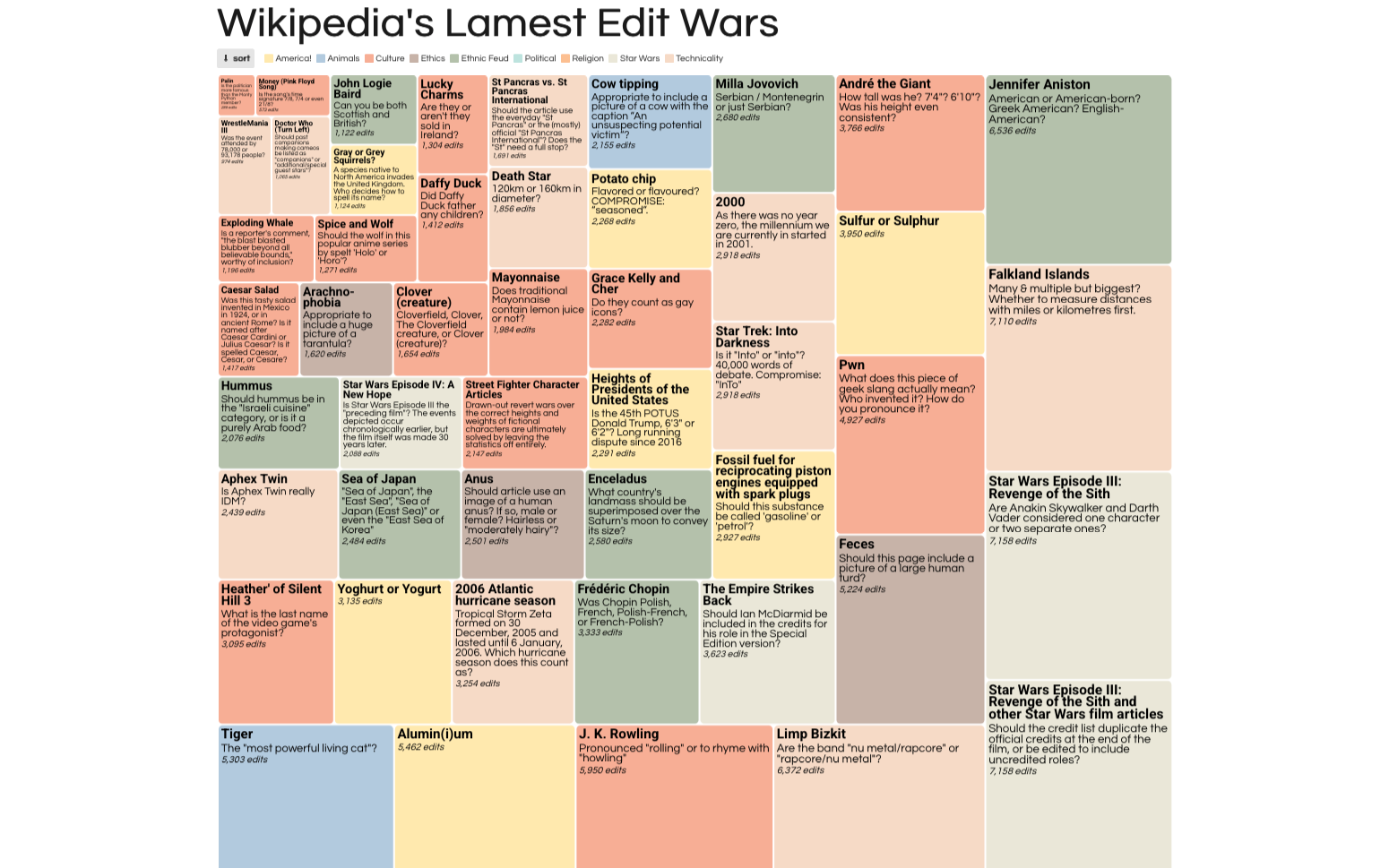
UX for Meaningful Interactions
Background:
The filter bubbles and echo chambers of a post-truth world dominate online spaces, encouraged by confirmation bias and the disinhibition effect. It is therefore necessary to ask, how can user experience design contribute to creating meaningful open interactions, discourse, and communities online?
Projects:
There are two projects in this studio. Each project has a focus on different UX design processes and skill sets:
- People: Learning about people and designing a new product to help improve their experience
- Principles: Learning about usability and redesigning existing products to improve user experience.
Outcome(s):
Each project has three outcomes:
• Research: Visual report documenting user problems and user tests
• Design: High fidelity UI designs of your solutions and tests of your solutions
• Case study: A visual presentation of the project that can be used in your portfolio.
Key practices and areas of learning:
UX design methods and processes, UI design, User testing, UX research methods, Usability principles
Digital Media Specialisation 1 + 2 Offerings
Sound Composition and Production
This course will introduce key approaches to sound composition, especially synthesis, as well as mixing and other production techniques. The course will use and highlight a variety of software and hardware, with students having the opportunity to visit the Melbourne Electronic Sound Studio (MESS) and use the instruments there.
Interface Design and Development
This course will support you in refining your ability to design and build complex digital interfaces, with a focus on integrating Interaction Design principles with practical code implementation. You will use modern web languages, HTML, CSS and JavaScript, to develop expressive interfaces for a range of browser based creative contexts.
Virtual Environments
In this course, we will use the Unity engine to produce 3D, navigable virtual environments, shaping the experience through layout, form, navigation, basic C# scripting, sound, lighting, animation, and the UI. The conceptual and technical basis of these environments will be informed by a mixture of technical tutorials, practice-based activities, lectures on the history and principles of virtual environment design, and weekly play and analysis sessions of a variety of environment examples.
Visual Programming
This course will introduce you to TouchDesigner, a powerful node-based visual programming environment. With a focus on interactivity and building audiovisual media, we will explore the creative potential of real-time generative systems and help you build confidence in working through technical challenges to create captivating, dynamic works.
Studio and Specialisation offerings - Semester 1, 2025
Digital Media Studios 3-5 Offerings

Resisting AI Automation: Critical collaboration with non-human intelligence
Background:
The transformations brought on by widespread artificial intelligence rival the seismic shifts brought by the invention of the printing press, disrupting not only the digital design industry but potentially human reality and creativity itself. This studio challenges students to confront the tension between automation and agency. How can design practitioners engage with alternative intelligence, like generative AI, for creative innovation in ways that challenge, rather than reinforce, existing power structures?
Project and Outcome:
Students will engage in playful, practice-based experiments across different design modes in generative AI, including text, image, video, sound, and music, to build tangible skills in generative AI design. The studio will culminate in a final work that is a collaboration between human and machine.
Outcome(s):
Multidisciplinary practice is encouraged, and the choice of final work, such as single and multi-channel sound and video, installation, or web-based outcomes, will be flexible to align with a student’s specialisation.
Key practices and areas of learning:
Creative collaboration with AI applications - Sora, Midjourney, Pika, Runway, Fire-Fly, Chat-Gpt, Co-pilot, Stable Diffusion, Eleven Labs, Suno, etc, critical theory on AI and society, surveillance, plagiarism, environmental impacts of generative AI, non-human intelligences, large language models, neural networks, algorithms, prompting, machine learning, generative AI processes
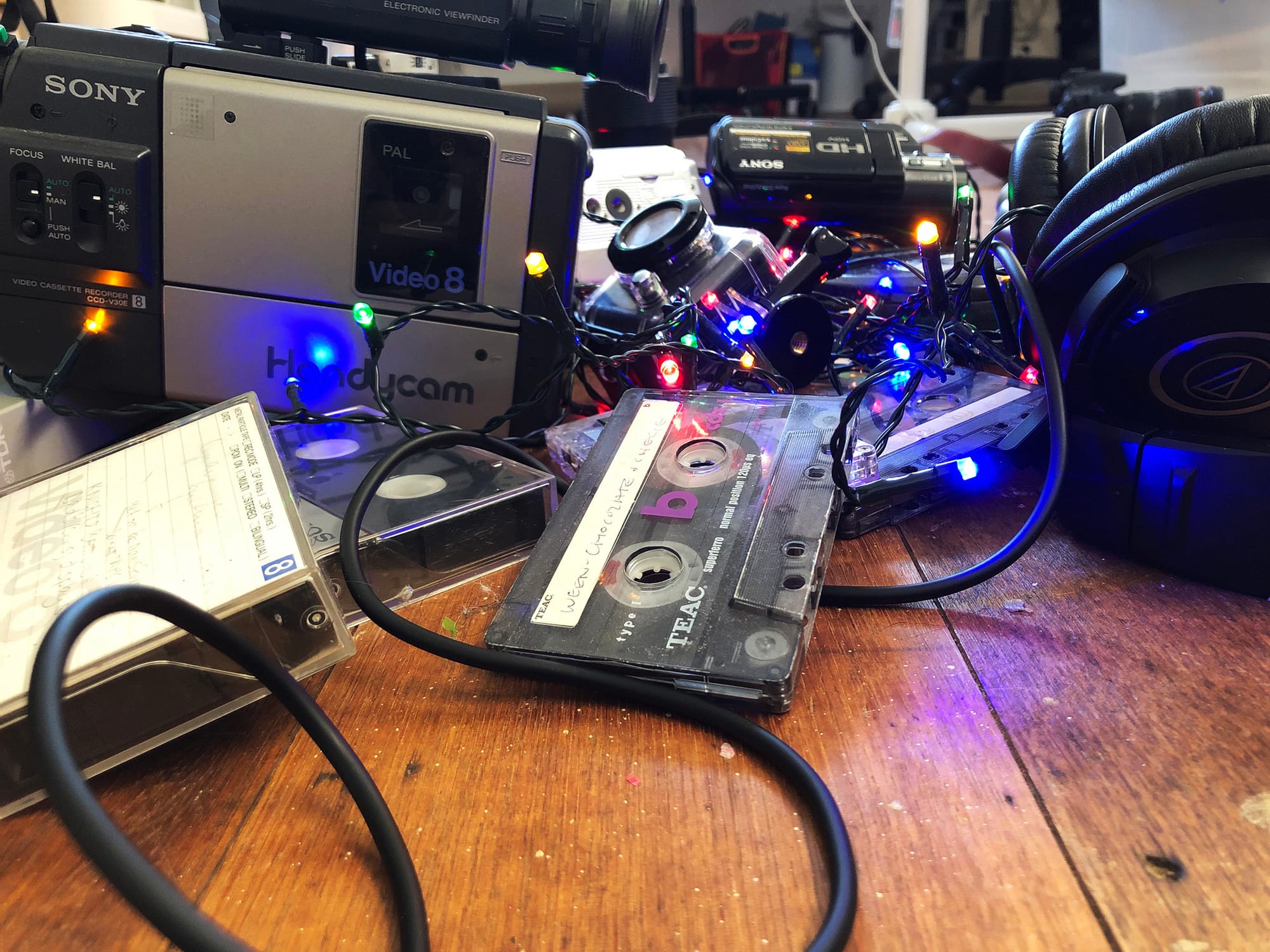
Resilient Video
Background:
Video as a medium is notoriously difficult to pin down or define: everywhere in contemporary life, and creative practice, it has become obscured because of this ubiquity. By focussing on the resilient qualities of video itself, rather than its art-historical functions, this studio will discover the countless hybrid conjunctions video sits in with other mediums and the commercial arts that continue to make it available and appealing across a spectrum of creative practices. The classes will be designed to be enriching for both video specialists, and those who use it amongst a range of other digital tools in a more generalist context.
Project:
Develop a video project across the semester embodying one of the resilient qualities of video.
Outcome(s):
A documentary/video essay, music video, narrative short or experimental short.
Key practices and areas of learning:
video/audiovisual history and theory, camera and tripod technique, video montage and editing, 3 point lighting, creative lighting, experimental techniques, audiovisual relationships, audiovisual literacy and critical appraisal
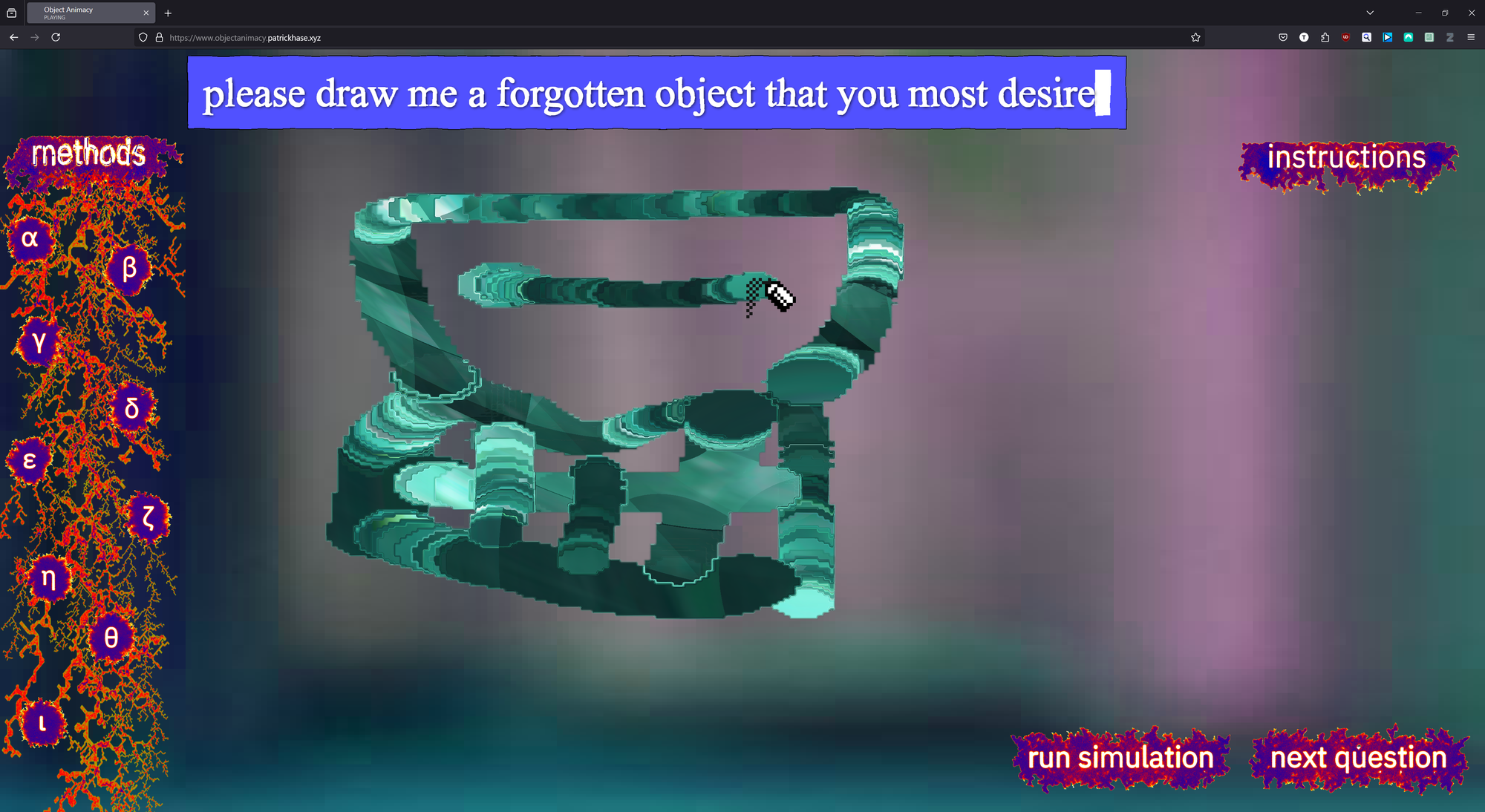
Mediated Expression: Interaction design in creative tool making
Background
Professional creative software packages offer users expansive toolsets, aiming to be transparent enough to be deployed towards a wide range of purposes, but nevertheless shaping the way users express themselves. Smaller customised tools, with a more focused scope, are freed from the need to 'do everything' and so are able to prioritise different types of user expressions and experiences. The creative tools themselves can be weird, fantastical, silly, ambiguous or challenging, all of which lead to different expressive possibilities for their users.
Project:
Experiment with novel applications of interaction design principles to shape mediated expression.
Outcome(s):
Web browser based audio, visual and/or textual creative tools for user expression within a focused scope.
Key practices and areas of learning:
Interaction design, web browsers, experimental UI design, exploratory programming, expressive tools, creative instruments, Web Coding (HTML, CSS & JS), Fabric.js, Tone.js

Critical AI: Fighting AI slop with creative thinking
Background:
Generative AI is taking over. In all spheres of computing, it feels like we are being inundated with AI systems. AI systems are known to be biased and unreliable, and generative AI in particular is devastating to the environment and to our creative communities. However, knowing how and why it works, knowing how to identify the problems and look for solutions, and even how to work with it in ethical ways can serve us well in the future.
Project:
Develop a creative work around for a chosen key area of AI concern, highlighting the problem or fighting against it.
Outcome(s):
An understanding of how and why AI works, how to identify generative AI, the key problems with AI, and how to use it ethically.
Key practices and areas of learning:
AI ethics, AI technology, generative AI, AI bias, training AI, 3D, sound, images, computer vision, video

UX for Meaningful Interactions
Background:
The filter bubbles and echo chambers of a post-truth world dominate online spaces, encouraged by confirmation bias and the disinhibition effect. It is therefore necessary to ask, how can user experience design contribute to creating meaningful open interactions, discourse, and communities online?
Projects:
There are two projects in this studio. Each project has a focus on different UX design processes and skill sets:
- People: Learning about people and designing a new product to help improve their experience
- Principles: Learning about usability and redesigning existing products to improve user experience.
Outcome(s):
Each project has three outcomes:
• Research: Visual report documenting user problems and user tests
• Design: High fidelity UI designs of your solutions and tests of your solutions
• Case study: A visual presentation of the project that can be used in your portfolio.
Key practices and areas of learning:
UX design methods and processes, UI design, User testing, UX research methods, Usability principles

Resonant Ecologies: Creativity for resilience and regeneration
Background:
Global temperature increases since the industrial revolution are currently passing the 1.5c tipping point, beyond which it is likely that climate instability and ecological polycrisis will worsen exponentially. Creative sonic practices are, however, increasingly being applied to ecological ends. For example, the sounds of healthy reefs are being used to lead fish and other species back to damaged reefs, contributing to their regeneration.
Project:
Develop creative sonic practices that contribute to the resilience and regeneration of more-than-human communities and ecologies
Outcome(s):
Prototype sonic investigations, compositions, and installations for specific ecological contexts
Key practices and areas of learning:
Listening, field recording, synthesis, sound design, composition, ambisonics, audiovisuals, creative technology, acoustic ecology, ecoacoustics, sound studies, posthumanities
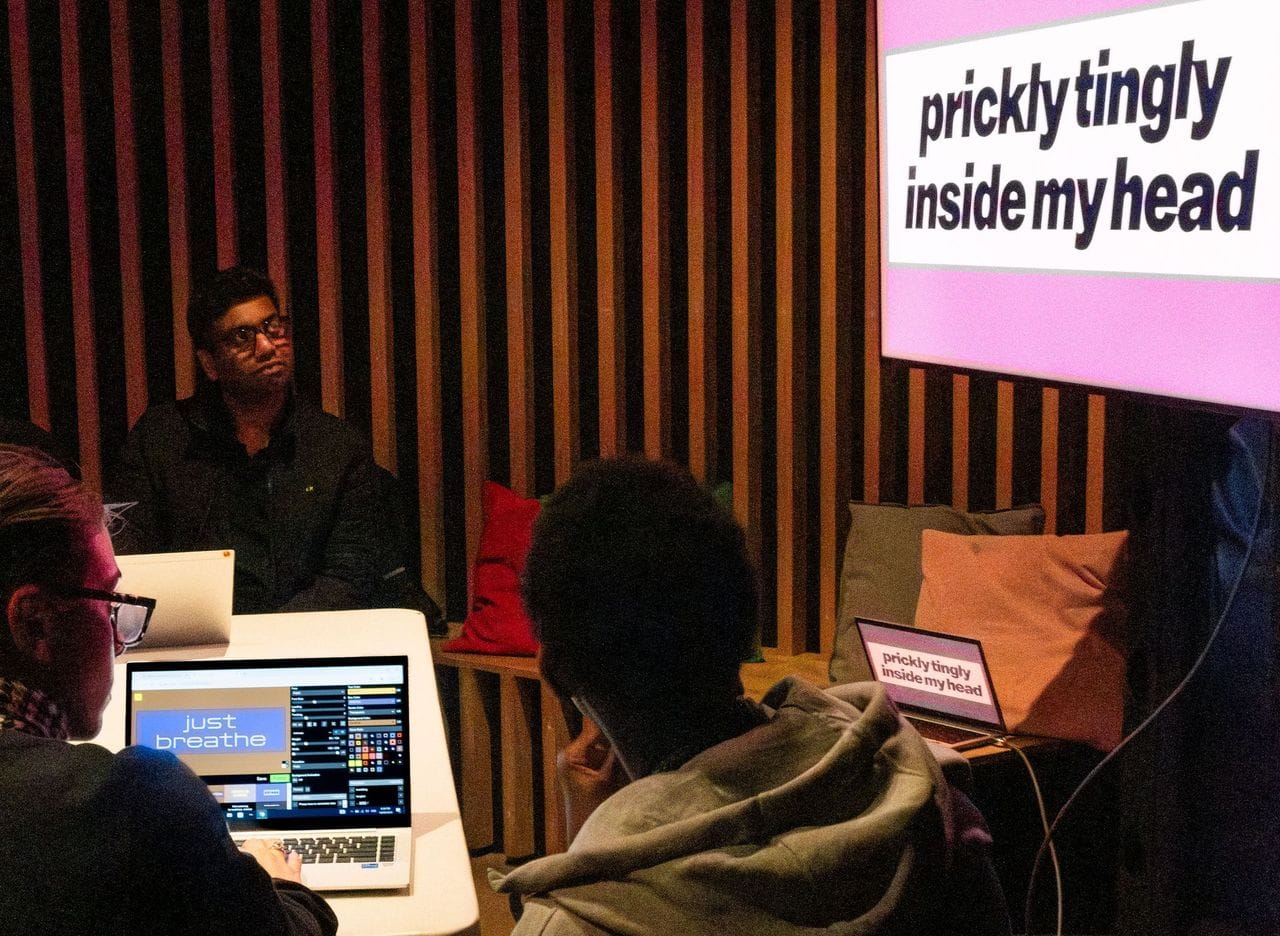
Intersensory Digital Publishing: Access beyond compliance
Background:
This access-driven studio situates digital publishing and creative practice in relation to social contexts of disability, sensory experience, and technological change. How do everyday assumptions include, exclude or assume certain things about people who encounter digital texts, and how can we remake those assumptions in practice? How can we work with – and beyond – models of compliance, to make our work accessible to more people; and in ways that honour the complexity of subjective aesthetic experience?
Project:
Students will learn to share and develop their sensory interpretations through language and other communicative forms. We’ll explore adjacent strategies of authorship and invitation across different forms like video, broadcast and podcast, exhibition-making and interactive design. A major project will require students to apply an access-infused approach to a digitally-realised creative work.
Outcome(s)
Upon completion of this subject, students should expect to better understand different models of access, an applied knowledge of it in creative contexts, and a basis for embedding it at the heart of future works. Beyond what is simply required, students will be encouraged to learn how access – as a critical methodology – can also be a highly generative creative strategy.
Key practices and areas of learning:
Captioning, audiodescription, scores, transcripts, free and open source tools, Adobe Creative Suite, Reaper, the temporal and social dimensions of digital experiences, models of access
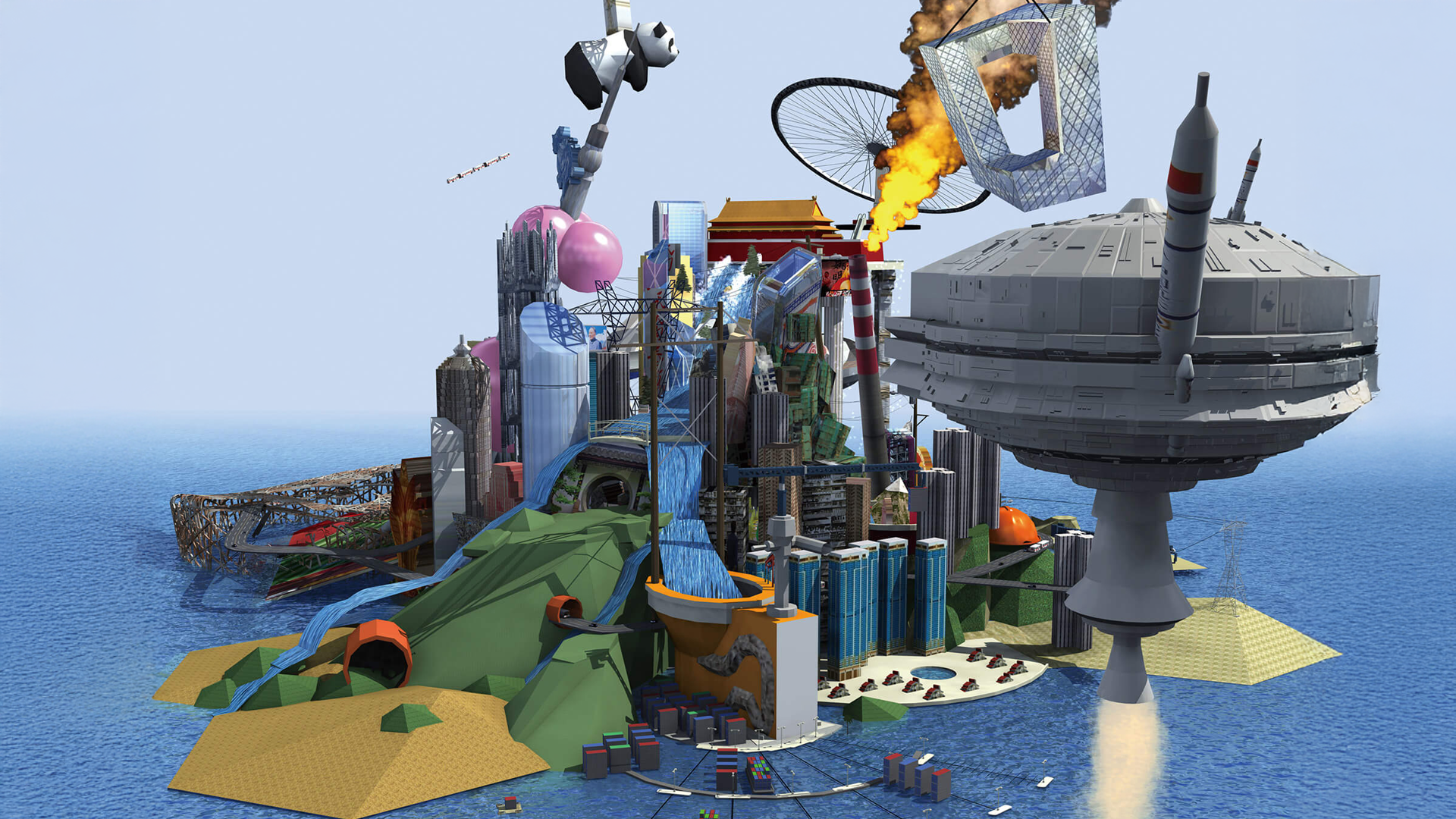
Simulations and Worldbuilding
Background:
We live in an era where physical and digital realities blur, with AI-driven media seamlessly merging with human-authored content. As digital technologies have enabled the proliferation of self-contained worlds—shaped by their own rules, logics, and cultures—worldmaking becomes a critical act of navigating, understanding, and reimagining the frameworks that increasingly govern our lives. For artists and designers, the question is how to harness these technologies—and the deluge of content they produce—to summon a world to believe in.
Project:
Develop a creative world concept—through rigorous research, collecting, prototyping, and iteration—that can support diverse creative works and generate ongoing narrative potential.
Outcome(s):
Create a fully realized representation of a world using any combination of digital media (e.g., interactive 3D simulations, video essays, science fiction, video installations). Demonstrate thoughtful world design, articulate its internal logic, and show how new realities emerge from existing frameworks.
Key practices and areas of learning:
World design theory, artistic research, remix culture, databases, and world modeling—drawing from shared fantasy, myth-making, internet art, generative art, simulation, systems thinking, environment design, Unity, C#, AI-assisted design and research methodology, creative technology workflows
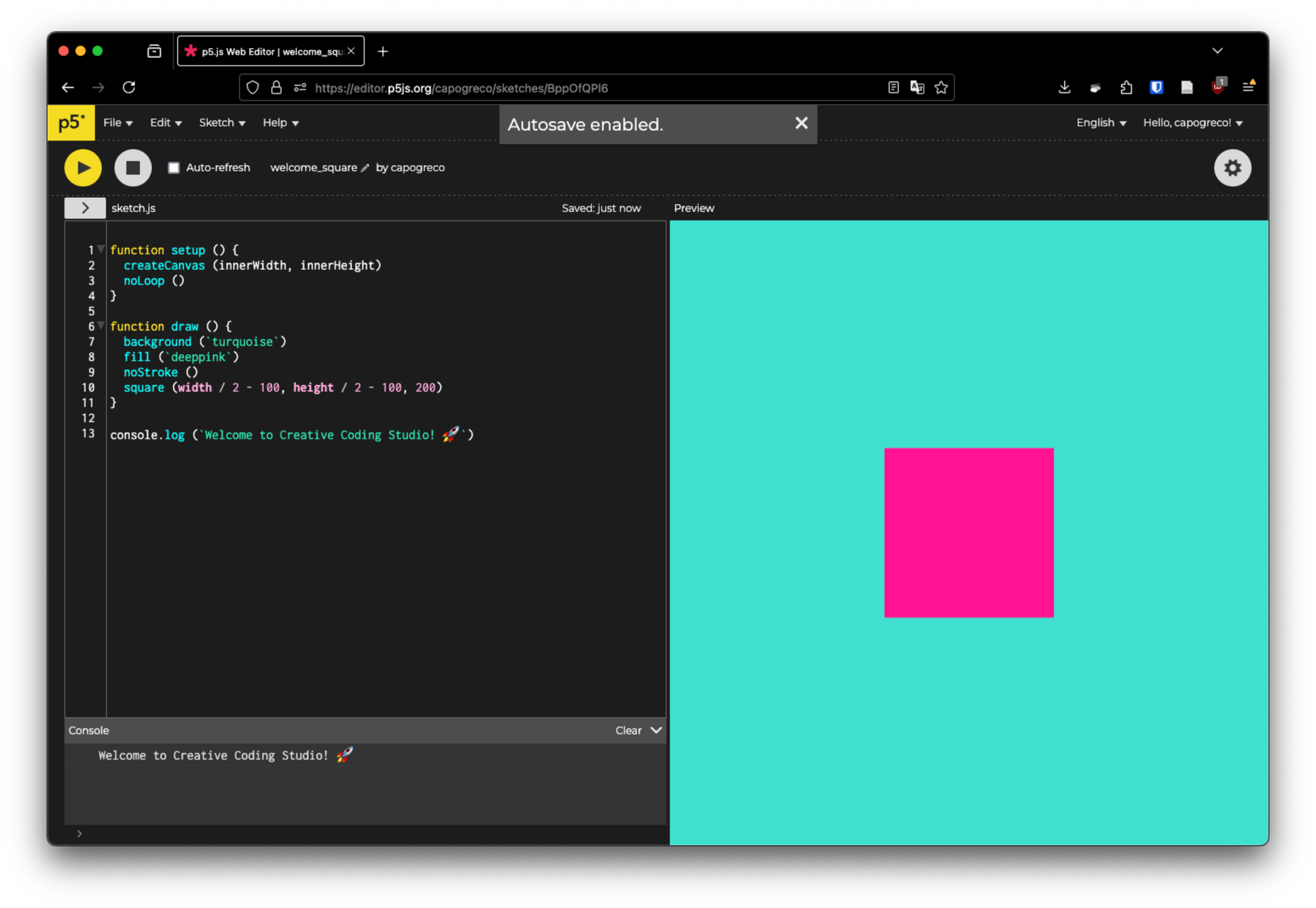
Creative Coding as Mycelial Practice
Background
The ability to code is something of a creative superpower that everyone can unlock. It can help you understand the technical aspects of design problems better, employ algorithms to generate more elegant design solutions, and communicate technical details with your team more effectively. Code can further produce cute, chaotic, and interesting creative work, as Ngai describes and is demonstrated in the creative work of Rafaël Rozendaal, Rosa Menkman, and Lauren Lee McCarthy.
Project
Cultivating a javascript-based, mycelial creative practice capable of engaging communities using Ngai's prompts.
Outcome(s)
In this studio we start with creating a cute p5 sketch with sound and interaction, then move to a standalone piece of chaotic, post-digital online work, and finish by creating an interesting video that documents your journey to engage a community with some piece of coding repertoire.
Key practices and areas of learning
basic, intermediate, and full-stack javascript workflows, generative algorithms, designing with effective complexity, developing communities of practice, mycelial creativity
Digital Media Specialisation 1 + 2 Offerings
Sound Design
This course will help you develop your specialist skills in sound design, with a focus on the audio-visual. Using tools such as Reaper, Pro Tools, and Adobe Audition, you will create an entire soundtrack to a video, including all sound effects, foley, and an original musical score.
UX
This course will guide you through the process and workflow of user experience design (UX) to create meaningful and relevant experiences for users, starting with a focus on your own experiences as a digital user. You will use Figma to design, test, and develop a high fidelity digital prototype for a single feature app.
Immersive Video
This course will help you develop techniques to design, produce, and present video-based immersive experiences. You will create a major video work across the semester using Premiere Pro and After Effects, and design for a single flat screen, a multi-screen installation/projection, or 360 video delivered on-screen or through a headset.
3D Modelling
This course will lead you through a cumulative 3D workflow to produce high quality 3D assets for use in a variety of digital media and tools, including Unity. You will use Autodesk Maya to implement basic and advanced polygonal modelling techniques, UV mapping, textures, materials, lighting, and animation in 3D.
